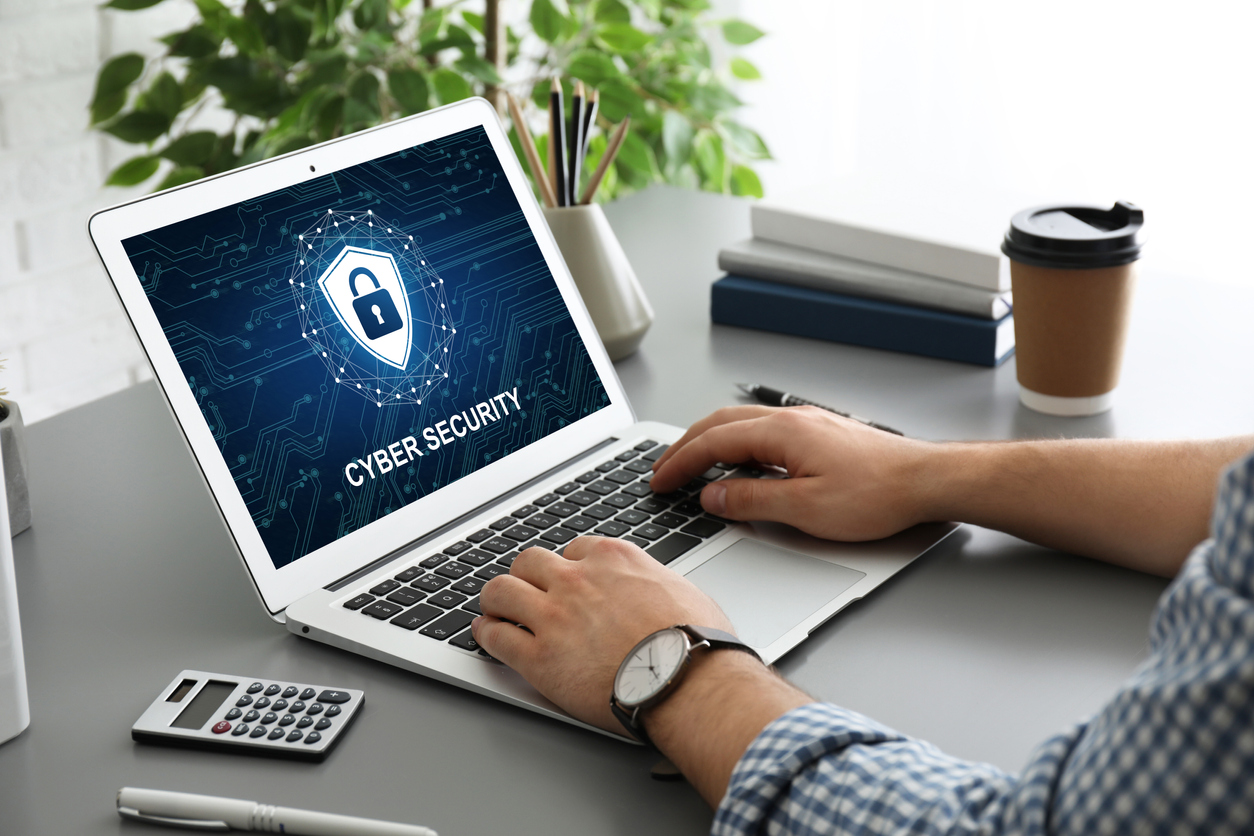
From infrastructure infiltrations and data leaks to phishing and brute force, when seeking target online dangers are diverse. They do not discriminate between organisations and people. You’ve probably heard the term “cyber danger” tossed about in the media. But exactly, what are these cyber threats?
What are Cyber Threats?
A cyber assault is an attack launched against you (or your digital gadgets) via cyberspace. Cyberspace has become a metaphor for understanding digital platforms and weaponry used to attack computer systems. What is real, is the attacker’s purpose and the potential impact on you and your business. While many cyberattacks are minor annoyances, some are highly dangerous, even endangering human lives.
Cyber-attacks are a major concern and can result in power outages and other infrastructure failures, the disclosure of national security secrets, and the loss of critical systems. They can lead to the theft of important and sensitive data, such as medical information. They can interrupt phone and computer networks as well as paralyse systems, rendering data inaccessible. It is not an exaggeration to state that cyber dangers have the potential to disrupt the functioning of life as we know it.
Types of Threats:
#1 Ransomware: An attack that encrypts data on the target machine and demands a ransom in exchange for restoring the user’s access to the data. These assaults range from minor annoyances to severe incidents.
#2 Phishing: An email-borne assault in which the email receiver is tricked into giving private information or installing malware by clicking on a hyperlink in the message. Spear phishing is an advanced kind of phishing in which the attacker learns about the target and impersonates someone he or she knows and trusts.
# 3 Man in The Middle Attack: When an attacker positions himself between the sender and the recipient of electronic messages and intercepts them, possibly modifying them in route. Both the sender and the recipient feel they are speaking directly to one another.
Cyber Security Risk Management:
Make use of strong passwords/password managers.
Your passwords shouldn’t have to be complex, but they must be long and complicated while being easy to remember. Secure your accounts by changing up your passwords and passphrases – make them unique for each account. You can keep track of and remember your passwords by writing them down and keeping them somewhere secure away from your computer, or by using a password manager. Password managers may also generate strong passwords for you and remember your login details, so you don’t have to.
Separate Accounts.
Ensure that you do not use the same account/password(s) between disparate systems (i.e banking/websites/social media/network devices etc) this fundamental mistake can easily lead to the compromise of all your critical systems and finances. Regularly review systems accounts and manage these well.
Regularly update your software.
Clicking ignores when your system prompts you to upgrade your device, software, web browsers, or operating systems is a bad habit to break. When your device alerts you that it is time to update the software, don’t delay, update right away! You may also activate automatic updates.
Activate multi-factor authentication (MFA).
A strong password is not always adequate, and a breach is still possible. By activating multi-factor authentication, also known as strong authentication, you make it more difficult for fraudsters to get access to your accounts. This adds an extra degree of security by allowing you to extend the authentication process, ensuring a higher degree of assurance in the challenge/response of credentials exchanged during login. Biometrics, security keys, and a unique one-time code given to your mobile device or app are some of the common MFA authentication technologies used today. Multi-factor authentication is available in most email, banking, and social media platforms; check your security settings to enable this function.
Cybersecurity should never be considered optional. Cyber hygiene must be practised and prioritised by all enterprises. By following these precautionary steps, you and your company may significantly reduce the likelihood of a cyber event. Call CANDA today, we can help you get the most out of your ICT specialists while also securing your company infrastructure.



